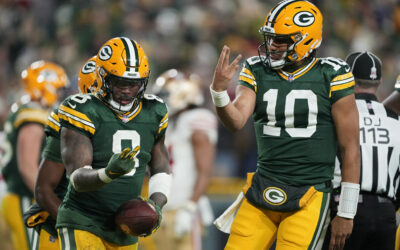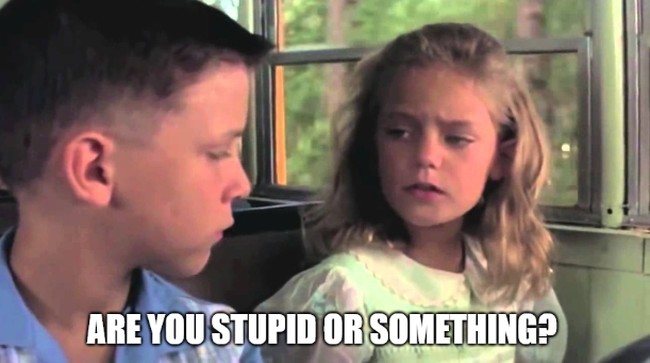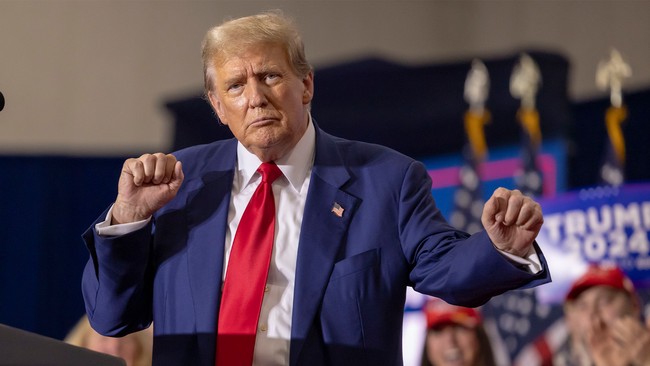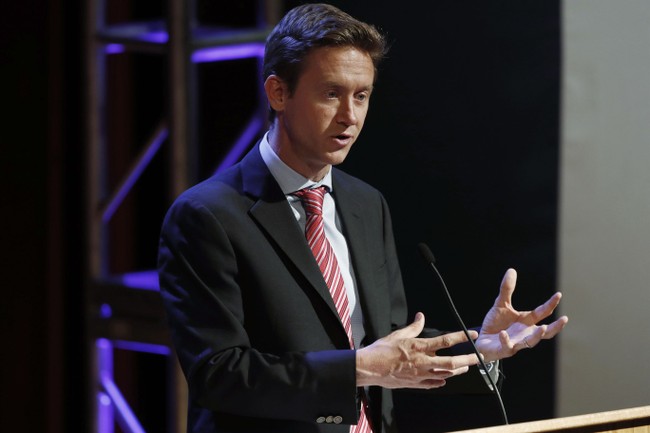What the UN isn’t telling us: The Luciferian roots of global governance
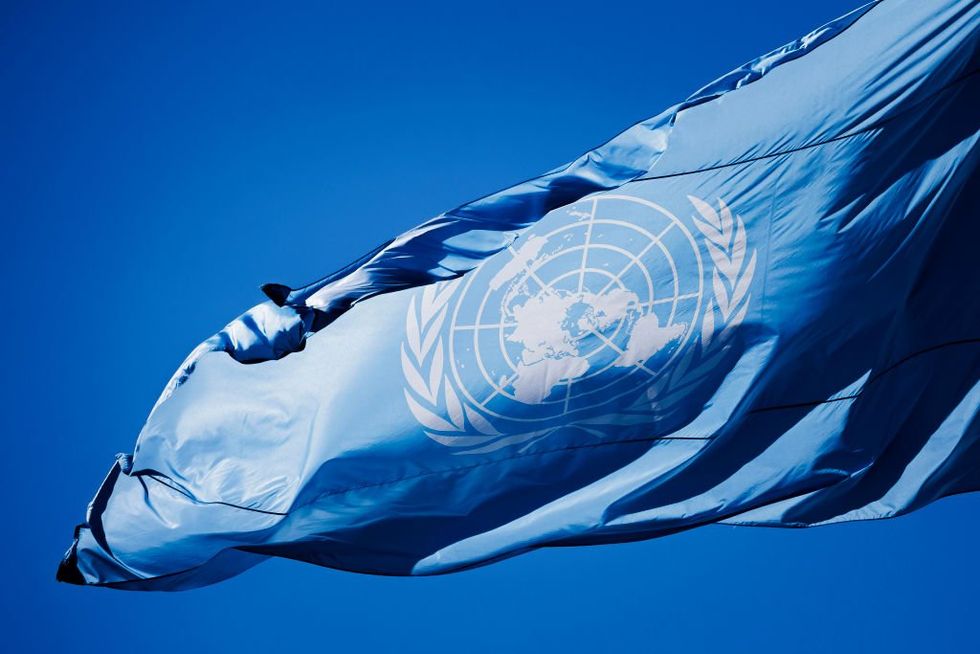
This is the first part of a three-part investigation into the United Nations’ origins and plans for the future of the world.
The United Nations has become a target of increased scrutiny in recent years. As the United Nations announces more and more plans for humanity’s future, it seems like we should ask ourselves where the United Nations came from and where it thinks humanity is going. Most inquiries about the United Nations end up explaining its functions, but the question of its long-term goals is harder to answer. It is necessary to explore the origins of the United Nations and the key figures behind this shady international organization.
The United Nations “came into existence” on
October 24, 1945. However, if we want to understand its full purpose, this is not the beginning of the story. One place to start is the founding of another organization called the Lucis Trust.
Alice
and Foster Bailey founded the Lucis Trust in New Jersey on April 5, 1922. It was started as a “vehicle to foster recognition of the universal spiritual principles at the heart of all work to build right relations.”
Alice and Foster Bailey were members of the Theosophical Society.
Isobel Blackthorn, who has a Ph.D. in Western esotericism, characterizes the beliefs of theosophy: “Central to Theosophy are: a belief in the existence of the soul, reincarnation and the interconnectedness of all existence; an epochal view of evolution that includes consciousness; the transmission of an Ageless Wisdom from master to disciple; and a commitment to humanitarianism.”
Lucifer as philosopher
A view of the recently enlarged and remodeled Meditation Room at United Nations headquarters. Image courtesy of the UN
More practically, the Lucis Trust was founded to house a publishing company, originally called “Lucifer Publishing Company,” established a month later in May 1922. For some reason, most people had a problem with this name: “It soon became clear to the Baileys that some Christian groups have traditionally mistakenly identified Lucifer with Satan.”
For this reason, the Lucifer Publishing Company was changed to the Lucis Publishing Company sometime in the mid-1920s. A
discrepancy on the Lucis Trust website makes it unclear whether the publishing company’s name was changed in 1924 or 1925, but it was undoubtedly changed by 1925. A common misunderstanding surrounding this organization is that the Lucis Trust was ever called the Lucifer Trust. Only the publishing company was ever named “Lucifer” for a short period of its history.
The organization maintains, however, that these two words bear roughly the same meaning, with one simply being more palatable: “Both ‘Lucifer’ and ‘Lucis’ come from the same word root,
lucis being the Latin [genitive] case meaning of light.” Theosophists claim that Lucifer is important to their belief, not as the figure of Satan but as a Promethean figure who brought knowledge to man: “[Theosophy] views Lucifer as one of the solar Angels, those advanced Beings Who Theosophy says descended (thus “the fall”) from Venus to our planet eons ago to bring the principle of mind to what was then animal-man.” It is left to the reader to determine whether this is a convincing argument for the difference between the two figures.
Aside from the publishing company, the Lucis Trust also established the
Arcane School (1923), Triangles (1937), and World Goodwill (1932). The Arcane School “trains people in meditation and service to develop their spiritual potential.” It seeks to “help students understand and accept discipleship responsibility and to recognize the part that they can play in the evolution of consciousness by serving humanity.” Triangles is “a service activity, using the power of thought and of prayer to uplift and transform consciousness.” The Arcane School and Triangles are educational activities people can engage in and learn from. These descriptions, while vague, start to make a little more sense in light of the larger project and belief system of the Lucis Trust and the United Nations. World Goodwill, however, has a closer institutional relationship with the United Nations, so this is where we should focus for the time being.
To begin with, the Lucis Trust is listed as an NGO by the U.N. and “has Consultative Status with the Economic and Social Council of the United Nations (ECOSOC).” World Goodwill is also an NGO, separate from the Lucis Trust. The Lucis Trust and World Goodwill can actively participate in U.N. oral arguments, meet representatives, and recommend policy. There are over 4,800 NGOs that enjoy this status, according to the U.N. website. The same page says, “Millions have already engaged with, and will own, this 2030 Agenda for Sustainable Development with its 17 Sustainable Development Goals (SDGs).”
Interestingly, World Goodwill is
particularly focused on promoting the Sustainable Development Goals and has been “historically recognized by the UN.” Together, these organizations push for greater recognition of the U.N. and its objectives: “Since their inception Lucis Trust and World Goodwill have given their support through meditation, educational materials and seminars, by highlighting the importance of the UN’s goals and activities as they represent the voice of the peoples and nations of the world.”
A New World Order religion
JIM WATSON/Getty Images
If this isn’t enough to establish the close relationship between the ideas of the Lucis Trust, Alice Bailey, theosophy, and the United Nations, the Lucis Trust
encourages people who “value the power of thought … to support the United Nations through meditation, invocation and prayer” and to visit the U.N. meditation room, which was constructed shortly after the United Nations came into existence. Dag Hammerskjöld, the second secretary-general of the United Nations, who personally oversaw the creation of this room, describes one of the aspects of the room: “People of many faiths will meet here, and for that reason, none of the symbols to which we are accustomed in our meditation could be used.” More on this later.
This article does not suggest that Alice Bailey was a founder of a global religion or that the United Nations is some sort of “church” following in lockstep. It also does not suggest a coordinated, unitary vision of spirituality within the United Nations. Consider why George Soros and China had a falling out in the ’80s: China saw a concrete vision for the future that could not be strayed from, while Soros imagined an indeterminate “Open Society.” For present purposes, the United Nations and its spiritual vision are more similar to Soros’ approach to society than China’s. Going forward, however, it is essential to understand that Bailey’s influence can be found within the United Nations. Moreover, the spiritual dimension of the United Nations needs to be recognized. Bailey’s theosophical teachings have created a spiritual impulse that is felt in its members from the U.N.’s inception to this day.
Even the likes of Eleanor Roosevelt have publicly participated in these spiritual practices,
reciting Alice Bailey’s Great Invocation in 1952 from the United Nations headquarters in New York. Part of the Invocation reads, “Let Christ return to Earth,” but interestingly, there is a footnote mark next to the word “Christ,” which reads: “Many religions believe in a World Teacher, a ‘Coming One,’ knowing him under such names as the Lord Maitreya, the Imam Mahdi, the Kalki Avatar and the Bodhisattva. These terms are sometimes used in versions of the Great Invocation for people of specific faiths.” Suffice it to say that they do not clarify this when praying before a largely Western audience. This sleight of hand appears in much of the U.N.’s thought, and people should be aware that this is what the invocation means when it refers to Christ.
One
important figure “closely associated” with Alice Bailey was Robert Muller, who “served in the U.N. for forty years and was assistant to three Secretary-Generals. Muller devised the World Core Curriculum for which he was awarded the UNESCO Peace Education Prize of 1989, a curriculum loosely based on Alice Bailey’s ‘Education in the New Age.’ He contributed to Alice Bailey’s magazine, The Beacon, and addressed Arcane School conferences.”
Robert Muller was an influential figure in the United Nations for most of its history. His story is told in part two.


